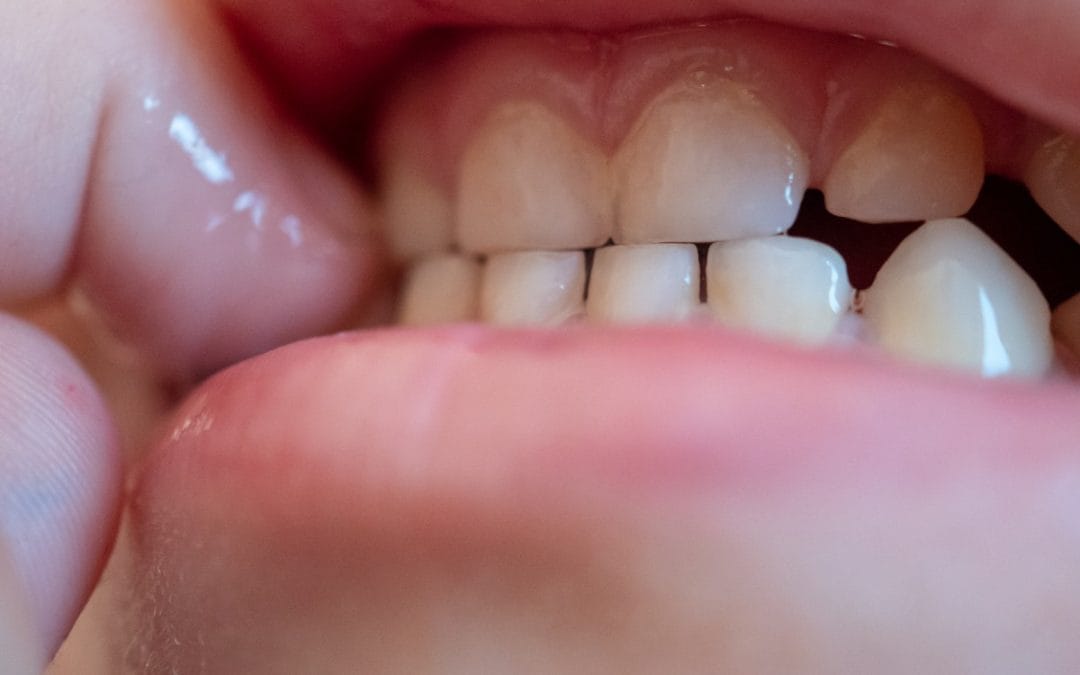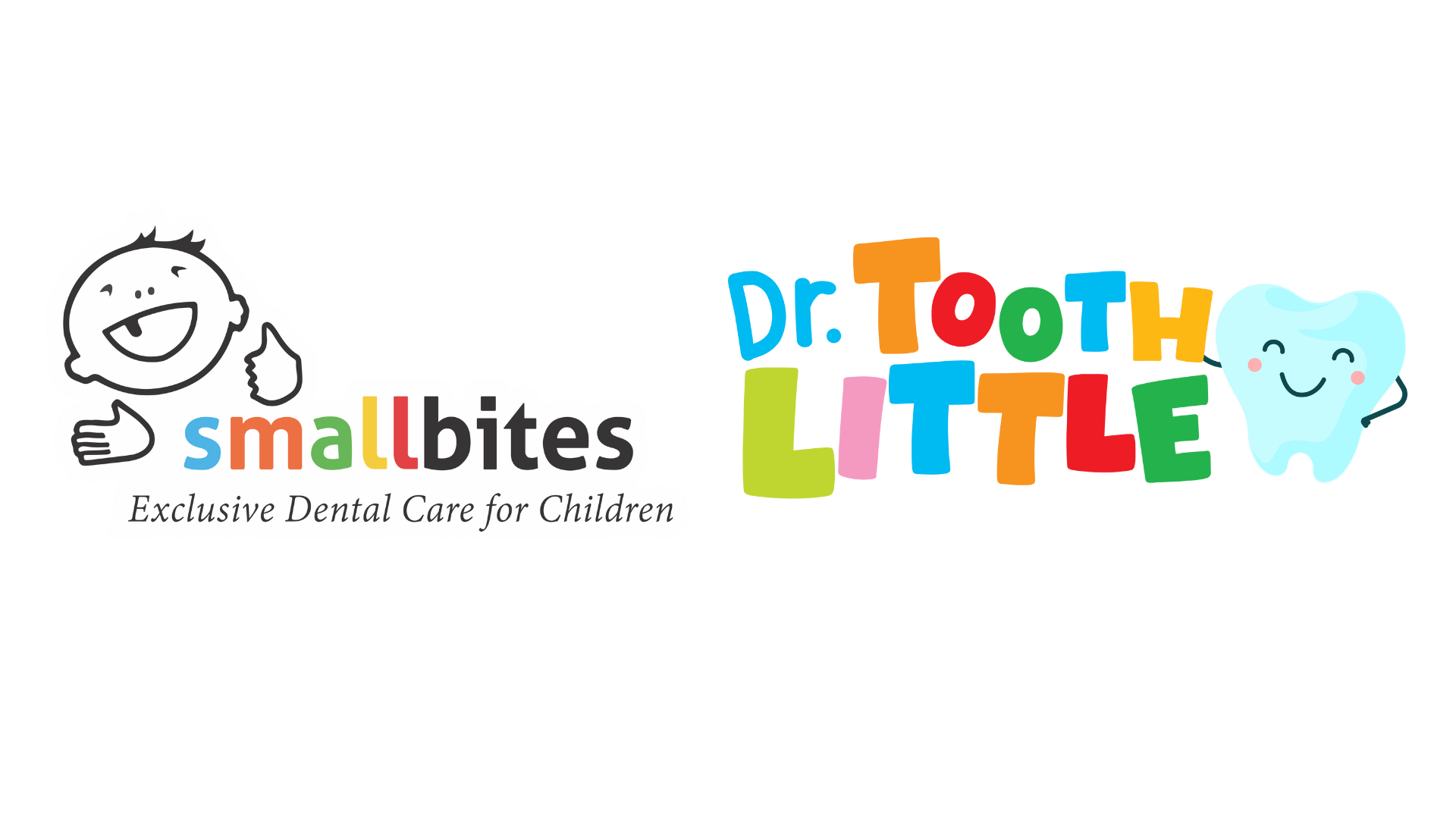How to Manage bruxism(teeth grinding) in kids?

It is a parafunctional, involuntary activity which can be caused due to many reasons. There can be 2 types of night grinding:
- Primary: In this type, there are no specific medical causes.
- Secondary: When this parafunctional oral activity is associated with disorders such as psychiatric disorders (anxiety and depression), drugs or some diseases like Parkinson or respiratory diseases like apnea. The second type can usually be resolved by the treatment of the underlying disorder.
Bruxism period
Childhood jaw clenching is often treated on its own either by growth of the jaws or entering into adolescence. In most cases, when children lose their primary teeth, bruxism will be insignificant or will be completely faded. However, a small number of children continue grinding their teeth into adulthood. If the cause is stress, this action will be continued as long as the problem is not resolved.
Causes: The effective factors causing tooth clenching also include the following:
- Local factors: Occlusal interferences, high filling restorations or poor restorations, irritating dental status.
- Systemic factors: Parasitic and digestive diseases, malnutrition and nutritional deficiencies, allergies, endocrine disorders
- Psychological factors: Personality disorders and increased stress.
Irregular and crowded teeth and insufficient contact between the upper and lower teeth are the justified factors which explain the causes of bruxism.
Signs and symptoms
Bruxism usually has no specific symptoms but it may affect on the teeth surfaces area to that extent causes damaging the tooth enamel. The loss of tooth enamel may cause tooth sensitivities, cracked teeth and even tooth crown fractures. In the posterior teeth, attrition of the cusp is sometimes obvious. Of course, in some cases, other symptoms may occur such as headache, toothache, tooth mobility, gingival recession, atypical facial pain widening periodontal ligament, ulcers or pain in the cheeks, clicking sound upon opening and closing the mouth, TMJ pain sever tooth sensitivities and tongue’s deformation. Inflammation and swelling can be seen on the side of the lower jaw due to teeth locking on each other. Jaw problems such as temporomandibular joint diseases are another sign that can be mentioned. It should be noted that most children who have this oral parafunctional activity, do not necessarily have any TMJ disorder unless they change into sever bruxers.
What can parents do?
- Reducing stress in children before bed time.
- Massage and stretching exercises for muscle relaxation of children.
- Reading the book before going to bed.
- Avoiding digital games just before sleeping.
- Listening to light and soulful music.
- Preventing children from chewing pen or pencil.
- Prohibiting them from chewing gum during the day.
- Making night guard under supervision of pediatric dentist if it is necessary
References
- Kuch EV, Till MJ, Messer LB. Bruxing and Non-bruxing children: A comparison of their personality traits. Pediatr Dent. 1979;1(3):182−7.
- Sari S, Sonmez H. The relationship between occlusal factors and bruxism in permanent and mixed dentition in Turkish children. J Clin Pediatric Dent. 2001;25:191–194.
- Wassell R, Naru A, Steele J, et al. Applied occlusion. London: Quintessence; 2008:26–30.
- Lobbezoo F, Van Der Zaag J, Naeije M. Bruxism: its multiple causes and its effects on dental implants – an updated review. J Oral Rehabil. 2006;33(4):293–300.
- Lobbezoo F, Van Der Zaag J, Naeije M. Bruxism: its multiple causes and its effects on dental implants – an updated review. J Oral Rehabil. 2006;33(4):293–300.
- Manfredini D, Lobbezoo F. Role of psychosocial factors in the etiology of bruxism. J Orofac Pain. 2009;23(2):153–66.
- Bruxism/Teeth grinding. Mayo Foundation for Medical Education and Research. 2009.
- Yldesley WR, Field A, Longman L. Tyldesley’s Oral medicine. 5th ed. Oxford: Oxford University Press; 2003;195.
- Cawson RA, Odell EW, Porter S. Cawsons essentials of oral pathology and oral medicine. 7th ed. Edinburgh: Churchill Livingstone. 2002; 6-366.
- Ashroftt GW, Eccleston D, Waddell JL. Recognition of amphetamine addicts. Br Med J. 1965;1(5426):57.
- Amir I, Hermesh H, Gavish A. Bruxism secondary to antipsychotic drug exposure: a positive response to propranolol. Clin Neuropharmacol. 1997;20(1):86–89.
- Heasman P. Master Dentistry Vol I: Restorative dentistry, paediatric dentistry and orthodontics. 2nd ed. Edinburgh: Churchill Livingstone; 2008:177.

